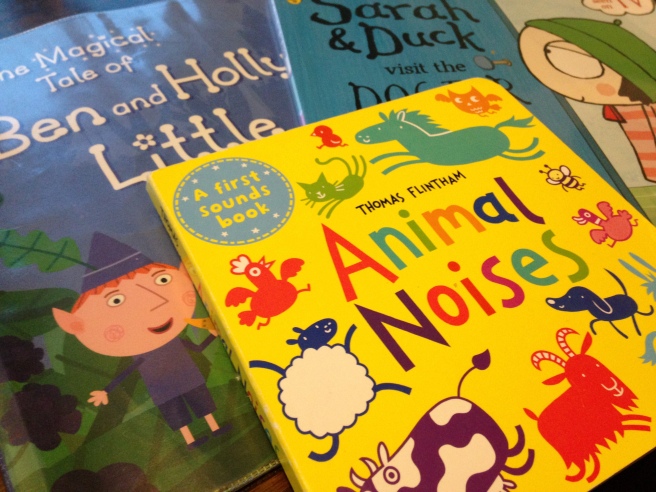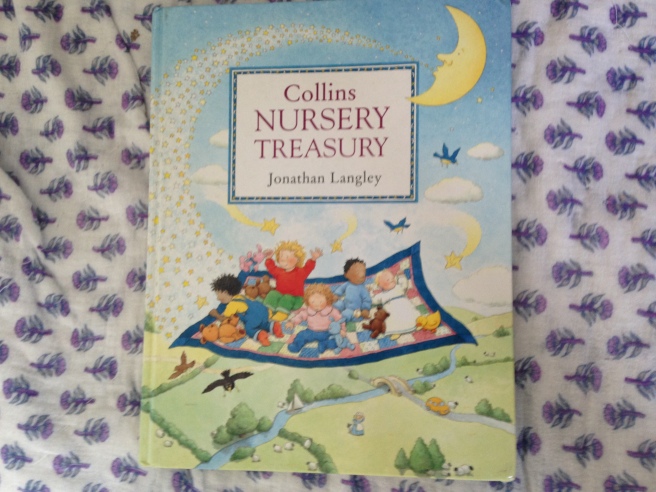Our bedtime story routine usually involves a fair amount of bargaining over whether a book is long or short. By the time we’ve got through the trials and tribulations of tea-time, bathtime and the standard pre-bed activity of “running around in circles hysterically” (that’s the children, not me), anything with more than a dozen words per page is too long as far I’m concerned. Arthur disagrees, and so the delicate negotiations begin – one long and two short, or one long and one a bit long but not too long, or three, but only if they’re very short.
The Day the Crayons Quit definitely falls into the long category, but it’s so funny and quirky I’m prepared to overlook that, even at the end of the longest days. Written by Drew Daywalt and illustrated by Oliver Jeffers, it consists of a series of letters to a little boy called Duncan, written by his crayons. The crayons have gone on strike and the letters set out their reasons – Pink’s cross about never being used while Grey’s exhausted from all the elephants and humpback whales. And Orange and Yellow have fallen out over who’s the true colour of the sun. It’s clever and funny, with a humour that both children and adults can appreciate – Arthur was given it as a Christmas present last year and it ended up being passed around all the adults to much chuckling before he had barely got his hands on it.
You know a book’s good when references seep into your family language – one of Arthur’s favourite insults now is: “You’re so short and stubby you can’t even see over the railing in the crayon box” (adapted from Blue’s complaint about being overused). Just like the book, it makes me laugh every time.

By Alice









